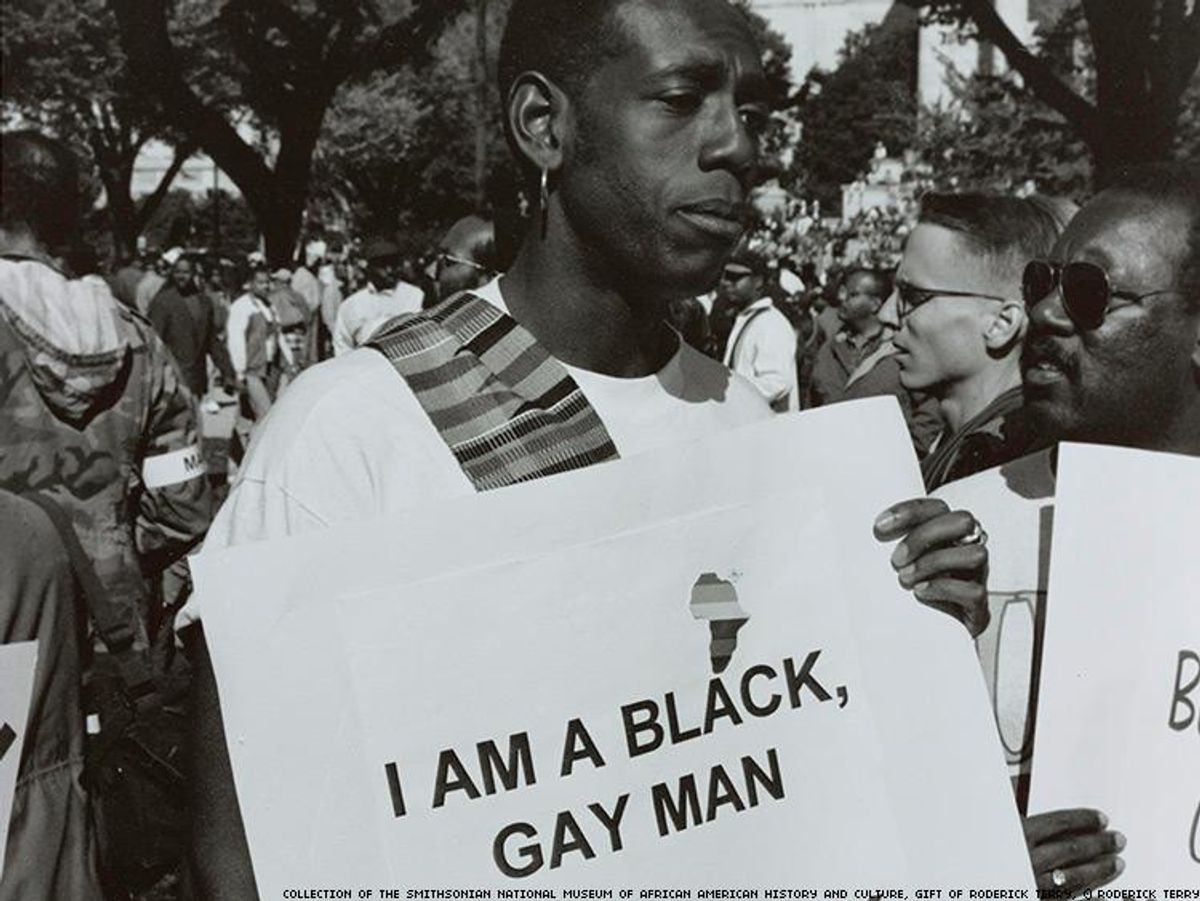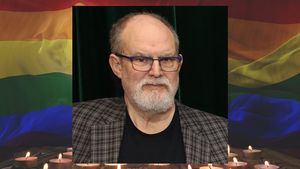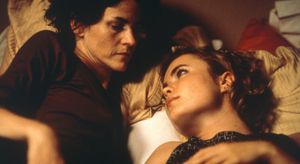 Last weekend's opening of the National Museum of African American History and Culture gave visitors an unparalleled look into the historical and contemporary black experience, which includes significant contributions from the LGBT African-American community.
Last weekend's opening of the National Museum of African American History and Culture gave visitors an unparalleled look into the historical and contemporary black experience, which includes significant contributions from the LGBT African-American community.
Thousands toured the museum during opening weekend, which featured performances from celebrities and speeches from prominent figures such as President Obama and George W. Bush, whose iconic photo with First Lady Michelle Obama at the event went viral.
Oprah Winfrey, who previously contributed $20 million to the museum, attended the inauguration. She serves on the museum's council.
The museum features thousands of artifacts, collected from public submissions and donations. Here's a look at some of the LGBT-specifc items from the museum.

The March on Washington for Jobs and Freedom represented a pivotal moment during the civil rights movement. Rev. Dr. Martin Luther King Jr delivered his iconic "I Have a Dream" speech at the March on Washington. This manual, shown above, written by Bayard Rustin, was the first of two documents sent to groups attending the march. Rustin played a major part in the movement, but his homosexuality was a source of major contention for many civil rights activists because, at the time, being gay was a reason for public ridicule.

Gladys Bentley was too cool for school. A performer during the Harlem Renaissance era, Bentley sang the blues and headlined many shows in the Harlem neighborhood of New York. She made waves for marryinga white woman during a time when both interracial marriage and same-sex marriage were largely unheard of.

James Baldwin's writing captures the heart of the black liberation struggle during the early and mid-20th century, with works like Go Tell It on the Mountain and Giovanni's Room. The museum has his passport on display. Baldwin, who was known for traveling, left New York for Paris when he was 24 and he wrote many of his works while abroad.

The Million Man March in 1995 drew an estimated 850,000 black men (and women, too) from all over the country to Washington, D.C. The event, which was organized by Minister Louis Farrakhan of the Nation of Islam, set out to reaffirm commitments to family and community within the African-American community. An openly gay and lesbian contingent made up of hundreds took part in the march.


Jason Collins, the first openly gay basketball player in the NBA, donated his jersey to the museum. Collins played for five teams during his tenure as an NBA player, including the Nets. Collins came out as gay in 2013 and played for the Nets for a final season before retiring in 2014. The jersey is signed by teammates of Collins.

Alvin Ailey, founder of the world-renowned Alvin Ailey American Dance Theatre, created a cultural institution that transforms the black experience into compelling scenes and stories featuring some of the world's best dancers. Ailey died in 1989, but his work still lives on through the eponymous theatre, training academies and outreach work.

The dance company that began by performing out of the 92nd Street YM-YWHA, now performs in countries all over the world. This photograph is from 1978, the company's 20th anniversary.

Revelations, a flagship work by the Alvin Ailey American Dance Theatre, uses spiritual music and blues to tell a story about the intersection of spirituality and African-American resilience. The work, first performed in 1960 and choreographed by Ailey himself, is still a part of the company's repertoire today.

Fever Swamp, one of the first works by living legend dancer- choreographer Bill T. Jones, "sets out to interrogate the notion of 'high' versus 'low'" according to the Ailey website. Jones has produced shows on Broadway, television, and written books, along with being honored at the Tony awards in 2007 and 2010. Jones is also the recipient of a 2013 National Medal of Arts. Jones' current work, Analogy, is touring as a part of the repertory of the company he founded in 1982 with his late partner, Arnie Zane.

Cry, the solo work choreographed by Ailey as a birthday present to his mother, was first performed by Judith Jameson, Ailey's muse and future successor. According to the Ailey website, Cry represented the best gift he could give his mother: a ballet. Jamison herself is legendary, having performed and choreographed all over the world and earned numerous awards including an Emmy, a National Medal of the Arts and Kennedy Center Honors.






























































































